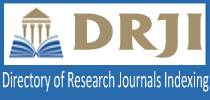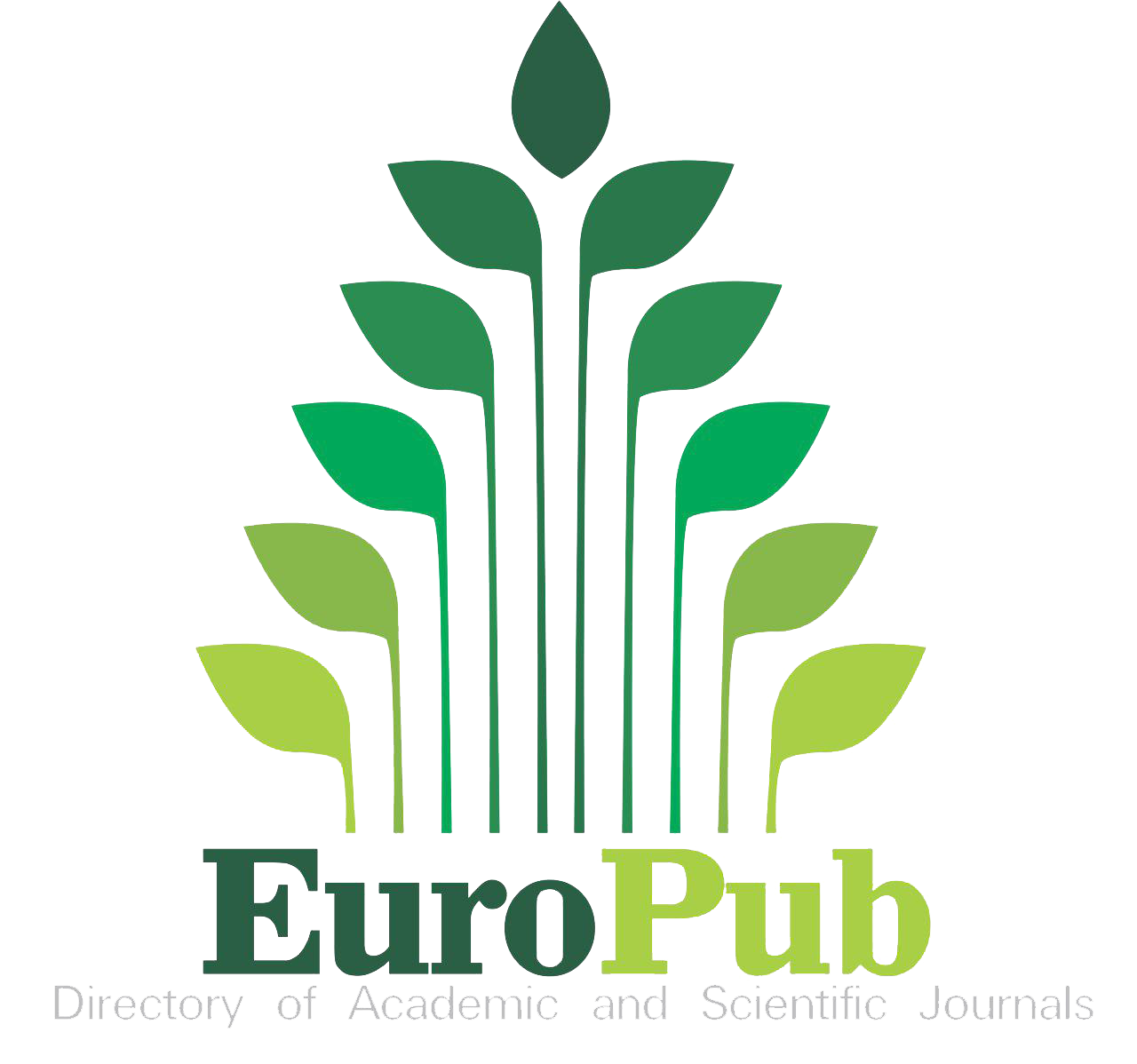
Articles are Open Access and Licensed under a Creative Commons Attribution-NonCommercial 4.0 International License.
Determination and Comparison of the Land Cover Types in the Aegean Region According to Globalcover 2021 and Corine 2018 Data
Mehtap BayrakGeography Department, Ýstanbul University, Ýstanbul, Türkiye.Landforms in the Aegean Region vary in the west-east and north-south directions at short distances. The difference in morphological structure has diversified the land cover and revealed different land use types. Global, regional and local factors affecting land cover have also shown variability in the Aegean Region. Physical factors (geology, geomorphology, climate, hydrography, hydrography, soil properties and vegetation cover) are effective on land cover distribution and ecological factors, socio-economic characteristics and anthropogenic variables of human origin are also effective on land cover distribution. In this study, the land cover distribution characteristics in the Aegean Region were determined by using the WorldCover satellite data produced by the European Space Agency (ESA) and the 2018 CORINE data prepared by the European Environment Agency (EEA), and a comparison was made in two different land cover types prepared from separate databases. Since the WolrdCover data was prepared from the Sentinental-2 satellite image with a resolution of 10 metres, it was preferred in terms of detailing the distribution of land cover. This study was prepared to determine and comparatively analyse the land cover relationship based on satellite images produced from different databases. Factors affecting land cover types were tried to be explained. As a result of the analyses, it was observed that the numerical results of two different data used in determining the land cover types of the Aegean Region were not harmonised on the basis of region and provinces. The different resolution of the two data and the difference in the number of land cover types determined caused the spatial distribution of the land cover in the numerical outputs and maps to differ. Geomorphology, climate, hydrography and population characteristics, especially geomorphology, have been effective in the distribution of land cover types in the region.
Keywords: Land cover types, Aegean region, WorldCover data, CORINE data, Geographic information systems.GlobalCover 2021 ve Corine 2018 Yýlý Verilerine Göre Ege Bölgesinde Arazi Örtüsü Tiplerinin Daðýlýþýnýn Belirlenmesi ve Karþýlaþtýrýlmasý
Mehtap BayrakÝstanbul Üniversitesi Edebiyat Fakültesi, Coðrafya Bölümü, Ýstanbul, TürkiyeFiziki faktörlerin (jeoloji, jeomorfoloji, iklim, hidrografya, toprak özellikleri ve bitki örtüsü) etkili olduðu arazi örtüsü daðýlýmý üzerinde ekolojik faktörler, sosyo ekonomik özellikler ve insan kökenli antropojenik deðiþkenler de etkili olmaktadýr. Įalýþmada Ege Bölgesinde, Avrupa Uzay Ajansý tarafýndan (ESA) üretilen WorldCover uydu verisi ve Avrupa Įevre Ajansý tarafýndan hazýrlanan 2018 CORINE verileri kullanýlarak bölgedeki arazi örtüsü daðýlýþ özellikleri tespit edilmiþ, ayrý veri tabanýndan hazýrlanan iki farklý arazi örtüsü tiplerinde karþýlaþtýrma yapýlmýþtýr. WorldCover verisi 10 metre įözünürlükteki Sentinental-2 uydu görüntüsünden hazýrlandýðý iįin arazi örtüsünün daðýlýmýný detaylandýrmasý bakýmýndan tercih edilmiþtir. Bu įalýþma farklý veri tabanýndan üretilen uydu görüntülerine baðlý arazi örtüsü iliþkisinin belirlenmesi ve karþýlaþtýrmalý analizinin yapýlmasý amacýyla hazýrlanmýþtýr. Arazi örtüsü tiplerini etkileyen faktörler aįýklanmaya įalýþýlmýþtýr. Analizler sonucunda Ege Bölgesi arazi örtüsü türlerinin tespit edilmesinde kullanýlan farklý iki verinin sayýsal sonuįlarýnýn bölge ve iller bazýnda uyum saðlamadýðý gözlemlenmiþtir. Ýki verinin de farklý įözünürlükte olmasý ve belirlenen arazi örtüsü tür sayýlarýnýn farklýlýk göstermesi sayýsal įýktýlarýn ve haritalardaki arazi örtüsünün alansal daðýlýþlarýnýn da farklýlaþmasýna neden olmuþtur. Bölgede arazi örtüsü tiplerinin daðýlýþýnda Jeomorfoloji baþta olmak üzere, iklim özellikleri, hidrografya ve nüfus özellikleri etkili olmuþtur.
Anahtar Kelimeler: Arazi örtüsü türleri deðiþimi, Ege Bölgesi, WorldCover verisi, CORINE verisi, Coðrafi Bilgi SistemleriManuscript Language: Turkish











